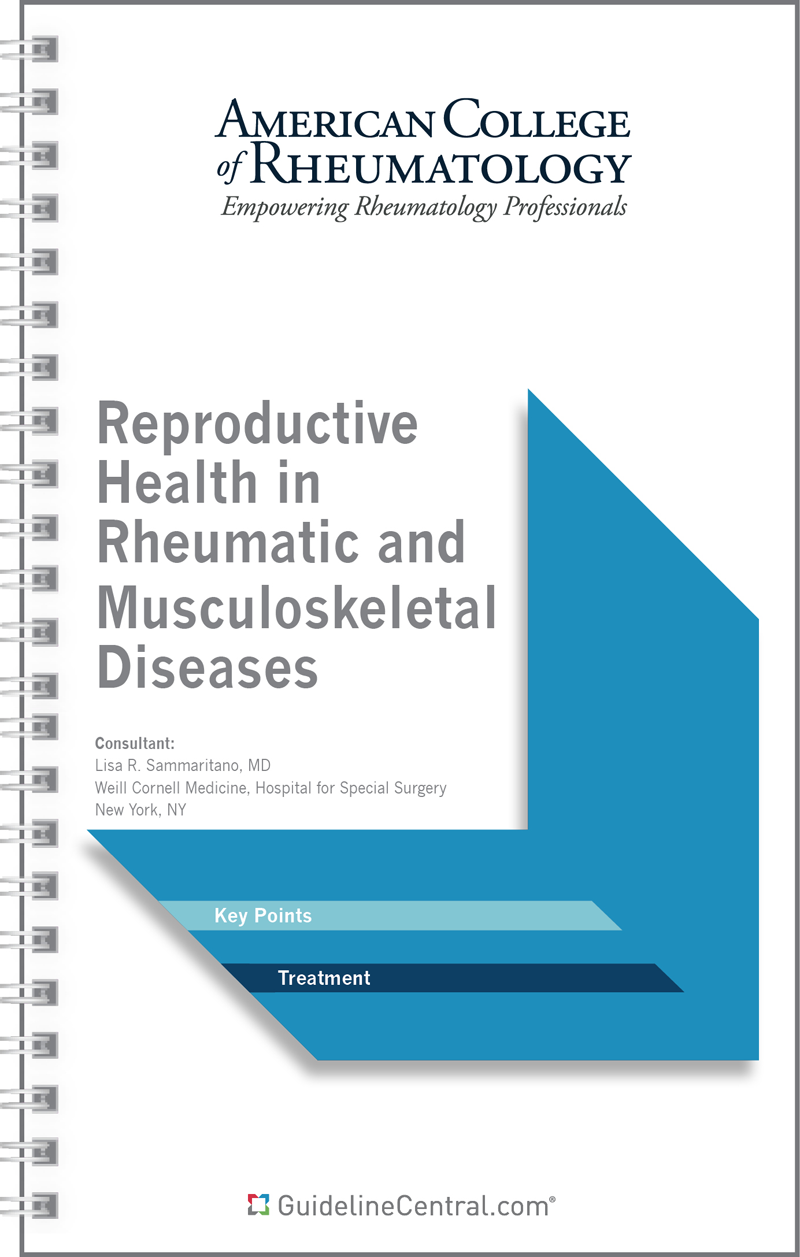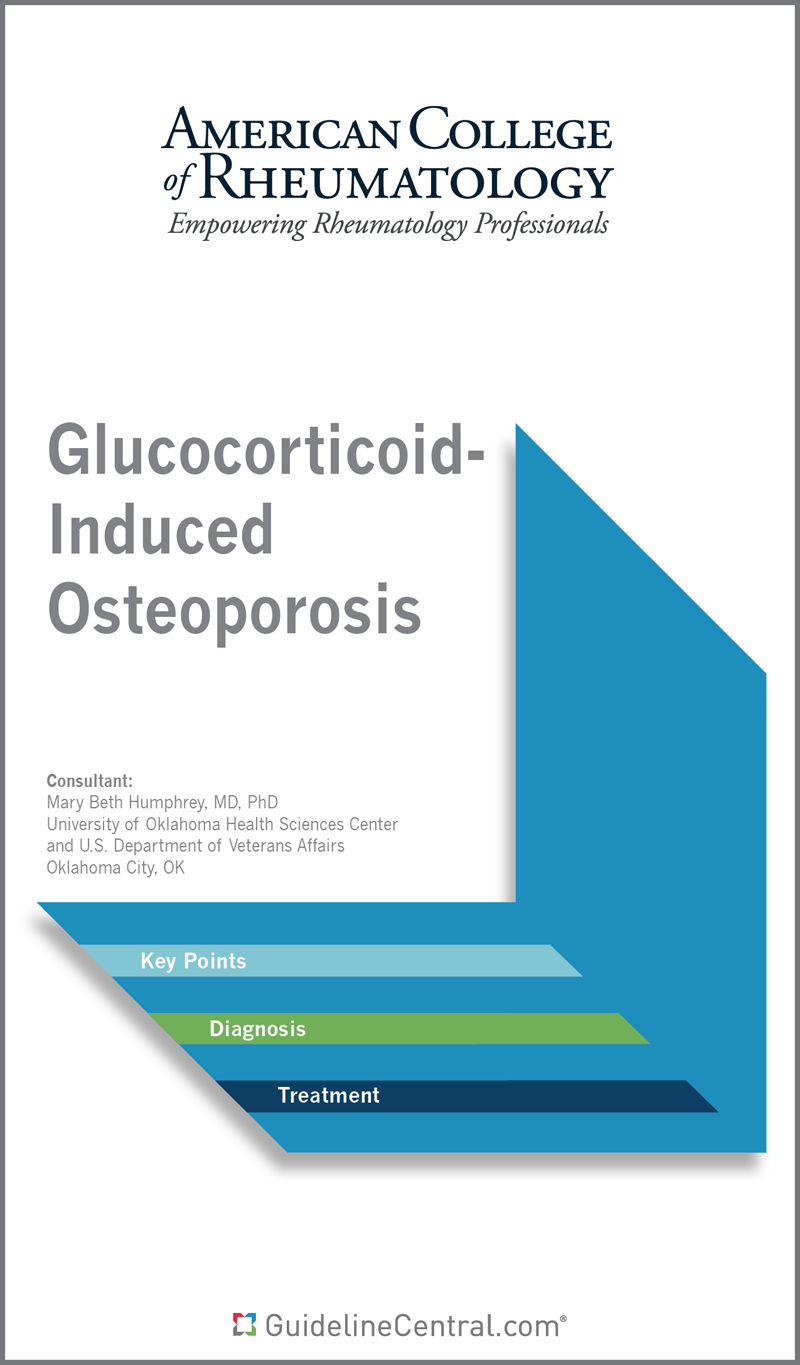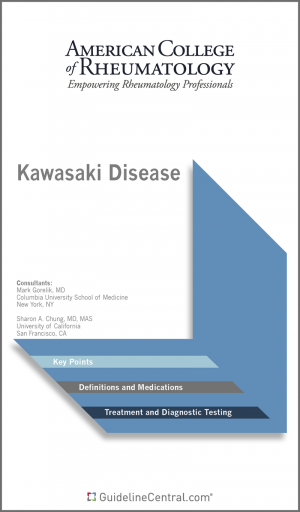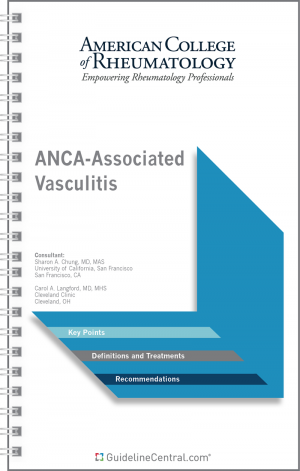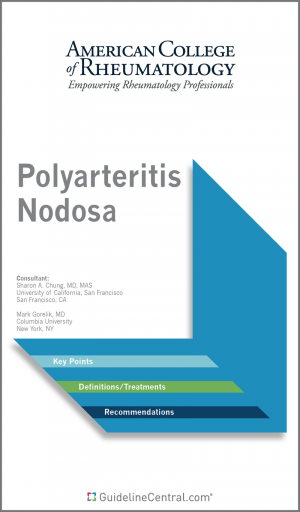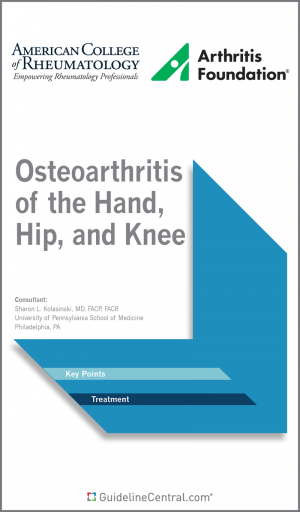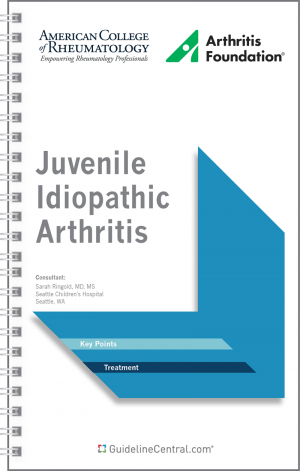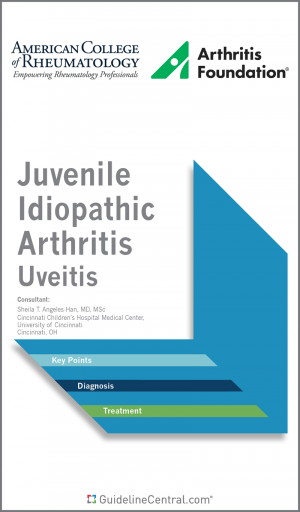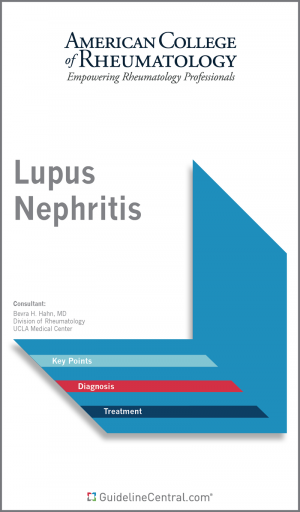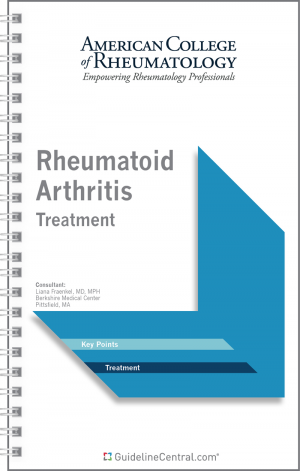Management of Reproductive Health in Rheumatic and Musculoskeletal Diseases
Published: February 2020
$9.95
Print Copy Information:
- 18 pages
- Spiral Bound
- 80# Aqueous Coating
- 4.25" x 7.25"
- Ships in 5 – 10 business days
What's Inside
Bulk and Institutional Ordering
About the Authors
Additional Information
- Key Points
- Tables
- Reproductive health care in patients with RMD: concise recommendation summary
- Safety and efficacy of various contraceptive methods in women with RMD
- Recommendations regarding medication use for men with rheumatic and musculoskeletal disease who are planning to father a child
- Maternal medication use: overview of medication use before and during pregnancy, and during breastfeeding
- Figures
- Recommendations and good practice statements (GPS) for use of contraception in women with RMD
- Recommendations for use of assisted reproductive technology (ART) in women with RMD
- Recommendations and GPS for HRT use in postmenopausal women with RMD
- Recommendations and GPS for pregnancy counseling, assessment, and management in women with RMD
- For purchases under 100 in quantity, we suggest placing the order directly through the website.
- We offer group/institutional licenses for multi-user accounts (discount amount varies depending on the number of users).
- We are proud to offer special discounts to medical schools, training programs, students and more.
- We offer bulk purchase discounts based on number of copies and number of titles.
Contact Us for more details
The American College of Rheumatology's mission is advancing rheumatology! The organization represents over 9,400 rheumatologists and rheumatology health professionals around the world. The ACR offers its members the support they need to ensure that they are able to continue their innovative work by providing programs of education, research, advocacy, and practice support.
Description
This Guideline attempts to define principles of practice that should produce high-quality patient care. It is applicable to specialists, primary care, and providers at all levels. This Guideline should not be considered exclusive of other methods of care reasonably directed at obtaining the same results. The ultimate judgment concerning the propriety of any course of conduct must be made by the clinician after consideration of each individual patient situation. Neither IGC, the American College of Rheumatology, nor the authors endorse any product or service associated with the distributor of this clinical reference tool.
You can also find this product included in this bundle!
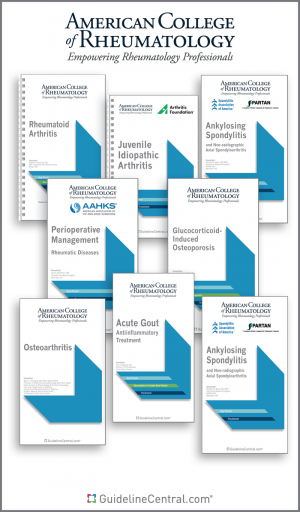
$
158.95
Print
Included Guidelines:
- ANCA-Associated Vasculitis
- Ankylosing Spondylitis
- Glucocorticoid‐Induced Osteoporosis
- Juvenile Idiopathic Arthritis
- Juvenile Idiopathic Arthritis Uveitis
- Juvenile Idiopathic Arthritis — Non-Pharmacologic Therapies, Medication Monitoring, Immunizations, and Imaging
- Juvenile Idiopathic Arthritis — Therapeutic Approaches for Oligoarthritis, Temporomandibular Joint Arthritis and Systemic JIA
- Kawasaki Disease
- Lupus Nephritis
- Management of Gout
- Management of Reproductive Health in Rheumatic and Musculoskeletal Diseases
- Osteoarthritis
- Perioperative Management Rheumatic Diseases
- Polyarteritis Nodosa
- Prevention, Diagnosis and Treatment of Lyme Disease
- Psoriatic Arthritis Treatment
- Rheumatoid Arthritis
- Rheumatoid Arthritis Integrative Interventions
- Total Joint Arthroplasty (TJA) of the Hip or Knee
- Vaccinations in Patients with Rheumatic and Musculoskeletal Diseases
Related Guidelines
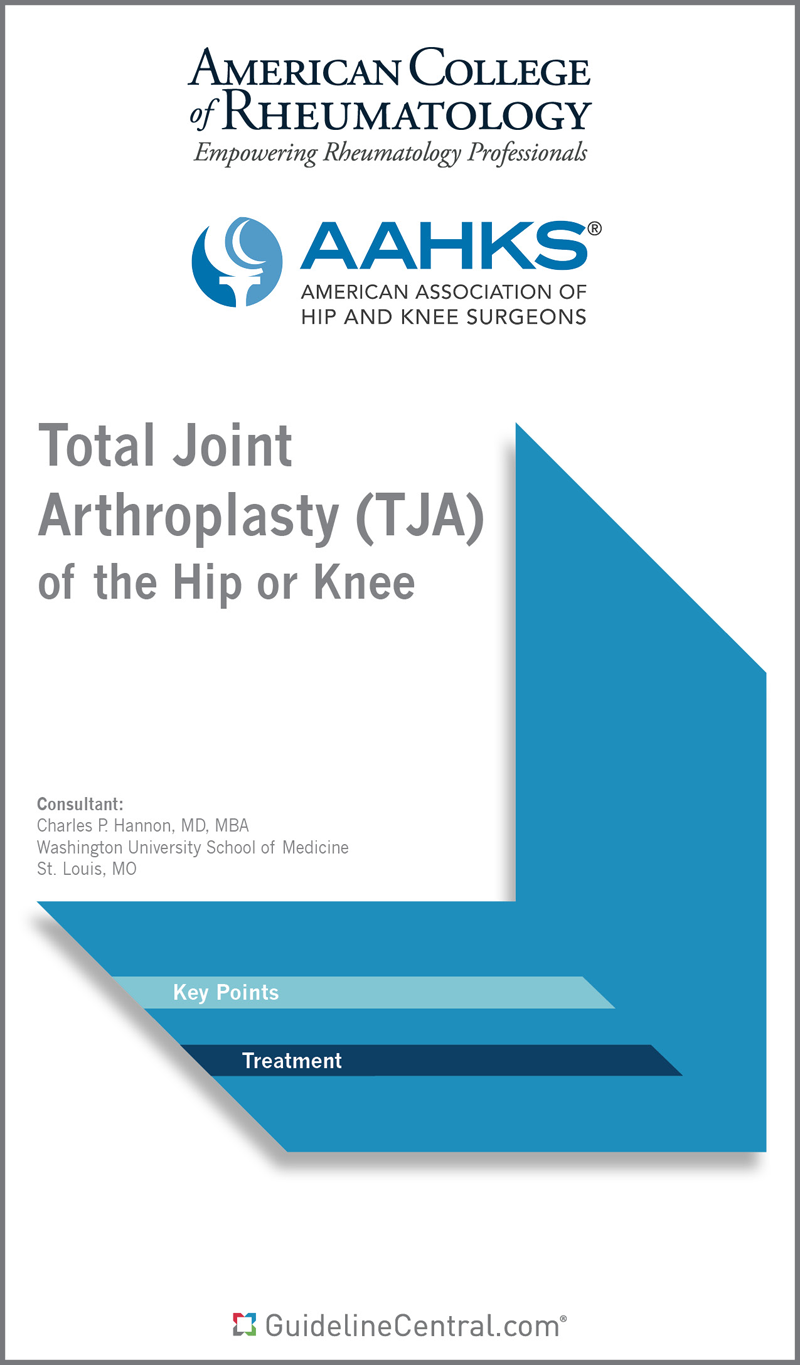
Total Joint Arthroplasty (TJA) of the Hip or Knee
American Association of Hip and Knee SurgeonsAmerican College of Rheumatology
Last Updated: Sep 25, 2023
$
9.95
Print
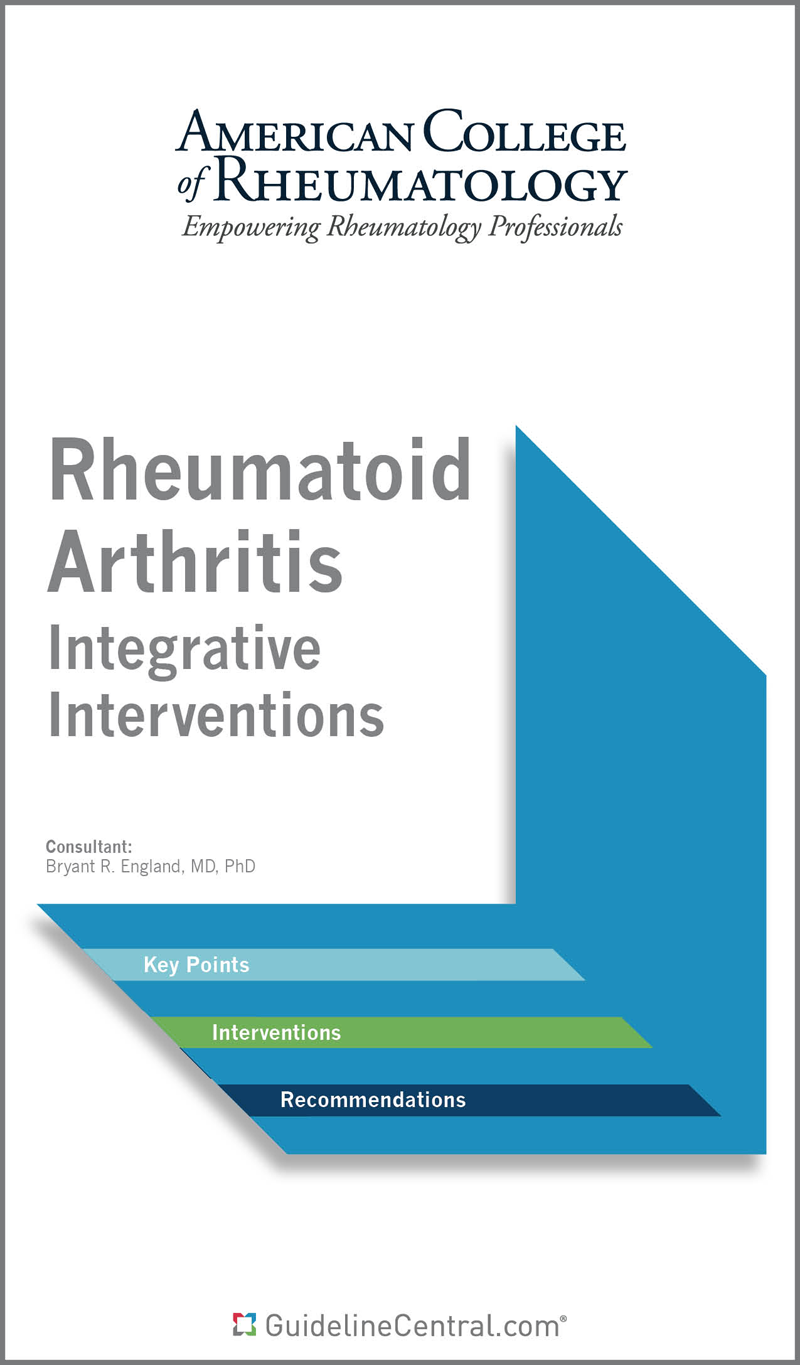
Rheumatoid Arthritis Integrative Interventions
American College of Rheumatology
Last Updated: Jul 6, 2023
$
9.95
Print
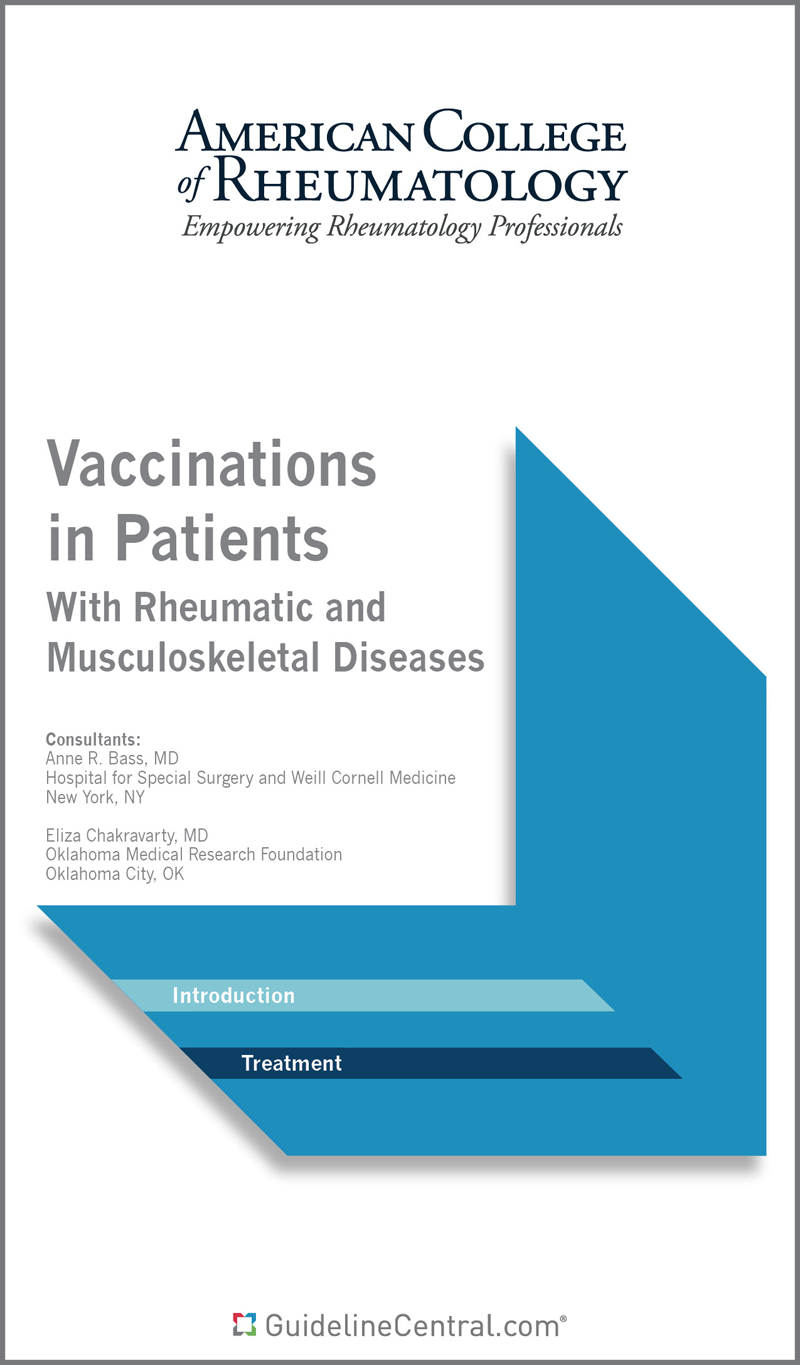
Vaccinations in Patients with Rheumatic and Musculoskeletal Diseases
American College of Rheumatology
Last Updated: Feb 15, 2023
$
9.95
Print
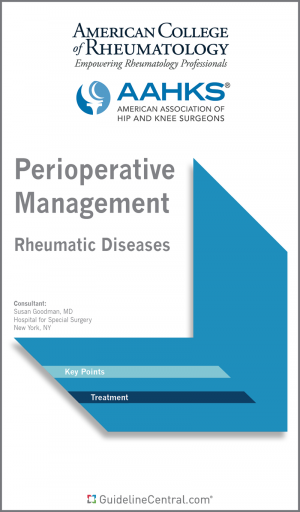
Perioperative Management Rheumatic Diseases
American Association of Hip and Knee SurgeonsAmerican College of Rheumatology
Last Updated: Jun 20, 2022
$
9.95
Print
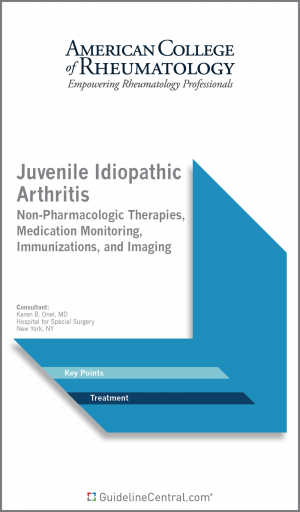
Juvenile Idiopathic Arthritis — Non-Pharmacologic Therapies, Medication Monitoring, Immunizations, and Imaging
American College of Rheumatology
Last Updated: Mar 3, 2022
$
9.95
Print
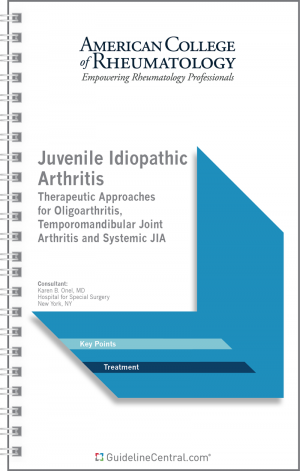
Juvenile Idiopathic Arthritis — Therapeutic Approaches for Oligoarthritis, Temporomandibular Joint Arthritis and Systemic JIA
American College of Rheumatology
Last Updated: Mar 3, 2022
$
9.95
Print
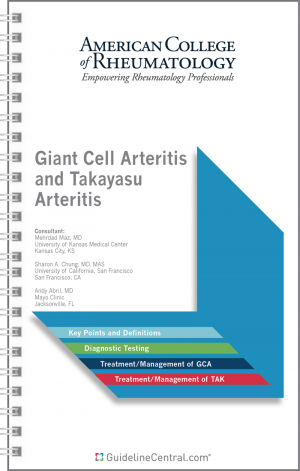
Giant Cell Arteritis and Takayasu Arteritis
American College of Rheumatology
Last Updated: Dec 1, 2021
$
9.95
Print
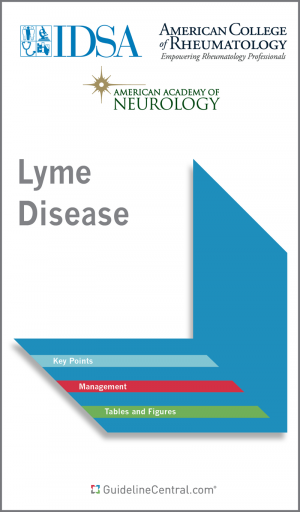
Prevention, Diagnosis and Treatment of Lyme Disease
American Academy of NeurologyAmerican College of RheumatologyInfectious Diseases Society of America
Last Updated: Jan 12, 2021
$
9.95
Print

Ankylosing Spondylitis
American College of RheumatologySpondylitis Association of America
Last Updated: Aug 21, 2019
$
9.95
Print
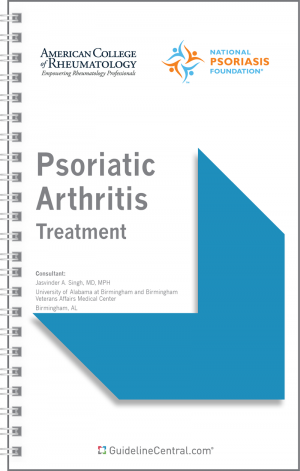
Psoriatic Arthritis Treatment
American College of RheumatologyNational Psoriasis Foundation
Last Updated: Dec 16, 2018
$
9.95
Print
